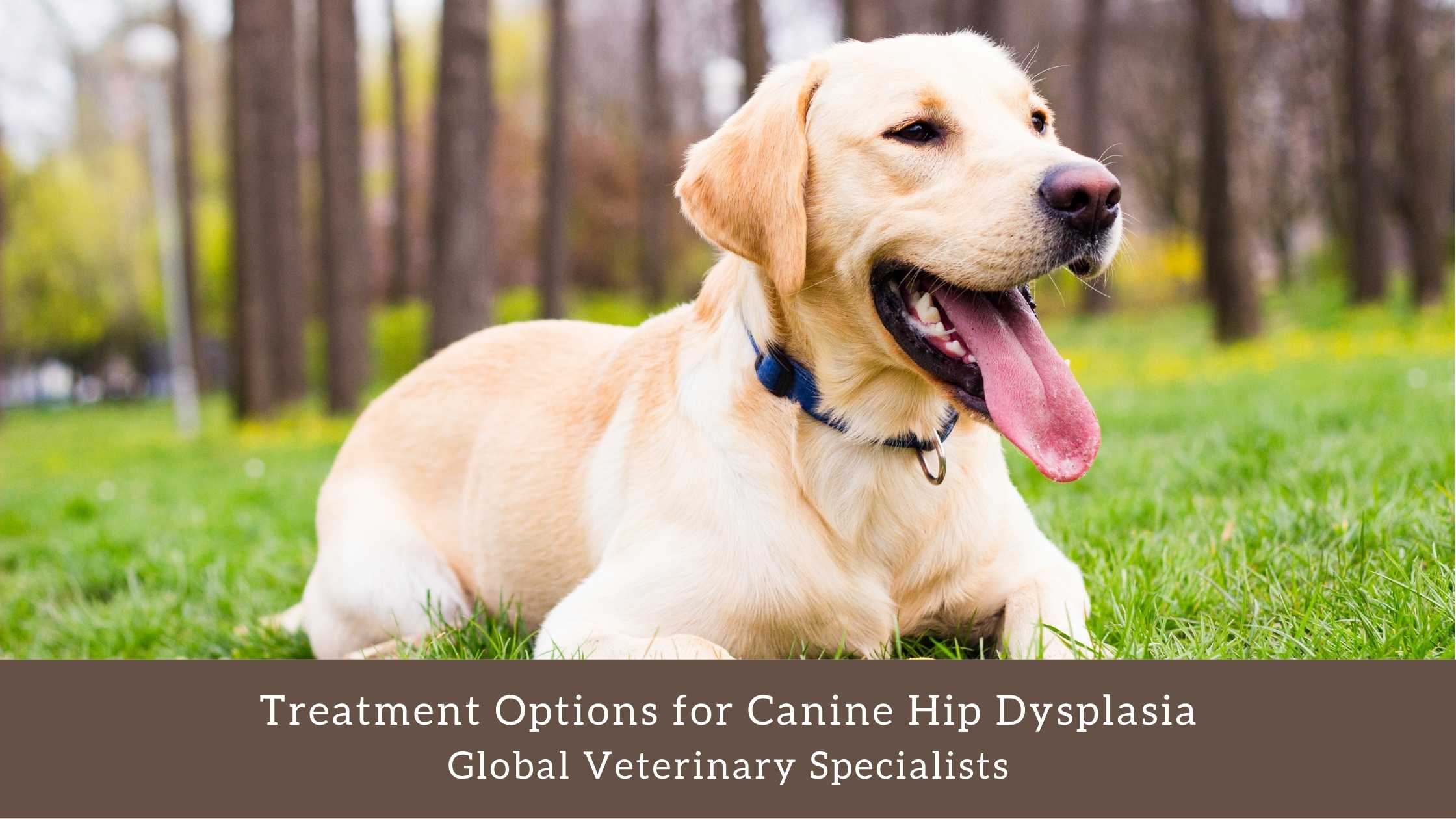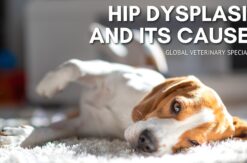There are several treatment options for canine hip dysplasia, both non-surgical and surgical, depending on the condition’s severity and your dog’s health. Conservative medical management and surgery, with total hip replacement (THR) providing the most effective relief, are two standard treatment options. Combining these options with exercise restrictions, physical therapy, and other lifestyle modifications are often practicable and recommended by a veterinarian surgeon.
Here is a closer look at the best non-surgical and surgical treatment options for canine hip dysplasia.
Conservative Medical Management
Conservative medical management may be a viable treatment option for mild cases of canine hip dysplasia. This option typically includes anti-inflammatory medications, corticosteroid therapy, or a combination of both. It is vital to discuss the advantages and disadvantages of medical management to control pain with the veterinarian.
It is common to experience disappointment and frustration when chronic, advanced, severe, or bilateral canine hip dysplasia is present. Conservative medical management is not the most appropriate treatment option for dogs or cats in the presence of any of these conditions or secondary osteoarthritis.
One of the biggest concerns associated with this non-surgical approach is the potential for costs to accumulate rapidly with the long-term use of inflammation management products and services that temporarily mask severe symptoms. Under these circumstances, it is best to consider a more permanent solution, total hip replacement.
Total Hip Replacement (THR)
The “gold standard” surgical treatment for moderate to severe canine hip dysplasia is a total hip replacement (THR). The veterinarian surgeon replaces the damaged hip joint – the femoral stem, femoral head, and acetabulum – with a prosthesis composed of either titanium or cobalt-chrome stainless steel and ultra-high molecular weight polyethylene.
The procedure is designed to return normal hip function, allowing your dog to live a pain-free, healthy life without concern of the artificial joint wearing out. A veterinarian surgeon can perform THR procedures on dogs, even cats, once skeletal maturity has been reached. That is usually about nine to ten months of age.
The procedure’s timing is made on an individual basis and only after a comprehensive orthopedic exam, along with radiographic images, has been completed. Surgery may be indicated if your dog exhibits significant symptoms, requiring chronic medication management, assuming the patient is in good health.
Schedule an Appointment with a Veterinarian Surgeon
Global Veterinary Specialists recognize that dogs and cats encounter orthopedic injuries, disabling difficulties, and diseases that can impact their quality of life and are committed to restoring mobility by treating hip dysplasia and other conditions. Each GVS surgeon has more than twenty years of veterinary and pet surgery experience.
We are teachers, mentors, inventors, clinical researchers, and veterinary surgeons committed to achieving excellent results for every animal we see regardless of age or breed. We invite you to contact us today to learn about the various options for correcting hip dysplasia and how we can help restore your pet’s quality of life.



